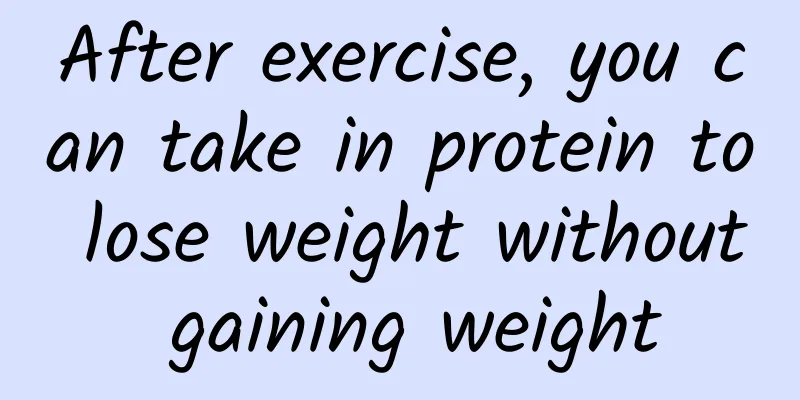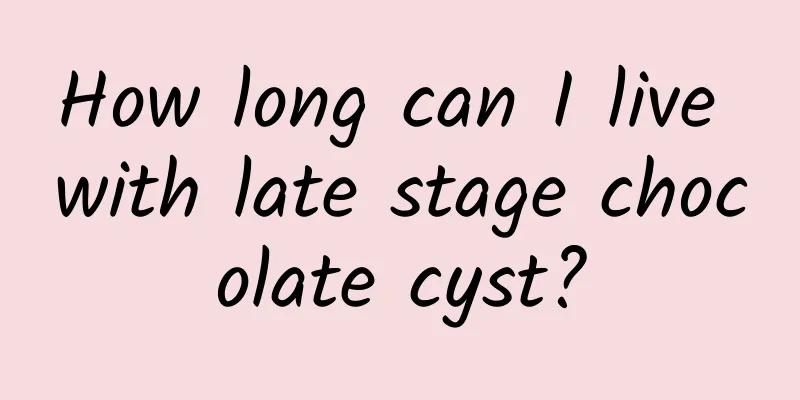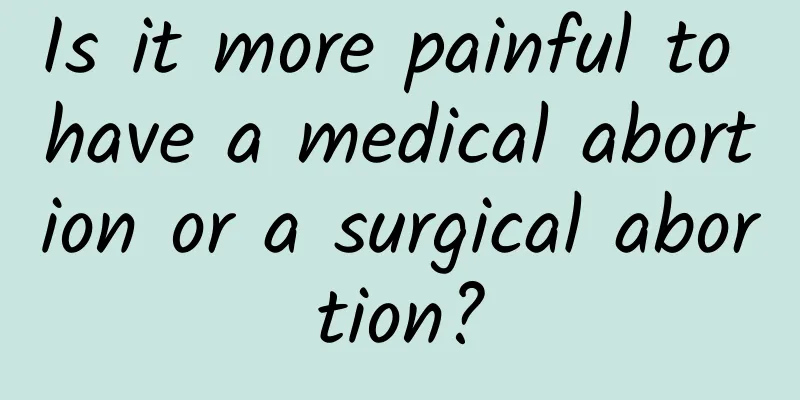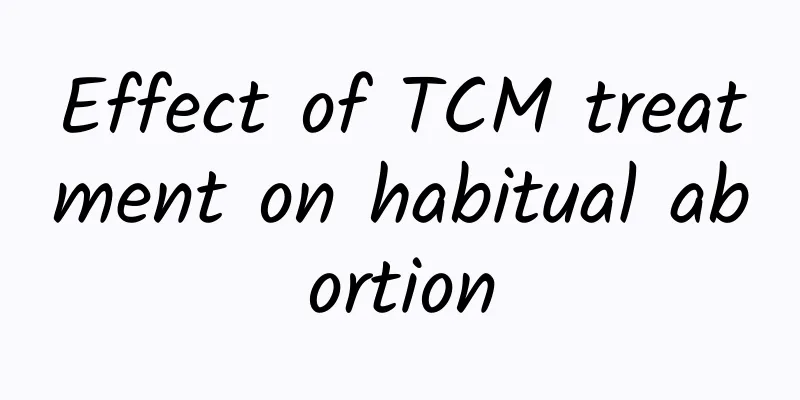How can I get polycystic ovary at the age of 18?

|
Ovarian health has always been a hot topic for female friends. Polycystic ovary is a common gynecological disease in women, and it is also one of the gynecological diseases that women fear the most, because polycystic ovary can pose a great threat to women's fertility. The causes of polycystic ovary are relatively complicated. Only by understanding the symptoms and causes of polycystic ovary can we take measures to prevent polycystic ovary in advance and avoid the difficult and long-term treatment process. Endocrine disorders The age range of polycystic patients is not large, generally they are female friends in adolescence and pregnancy and childbearing period, between 18 and 30 years old. Most of them are caused by endocrine disorders due to irregular work and rest, which affects the endocrine function of the hypothalamus-pituitary gland. Due to its dysfunction, the ovaries cannot ovulate for a long time. Therefore, it is very important for young and middle-aged people to go to bed early and get up early. Generally, female friends diagnosed with polycystic will be advised by doctors to sleep before 10:30. Hormone imbalance At present, many patients with polycystic ovary syndrome are caused by excessive male hormones due to abnormal factors in the body. Specifically, the hormone substances in the body cannot be controlled, and most patients show symptoms of high androgen, followed by a series of adverse symptoms and even masculine manifestations, such as vigorous hair, frequent adolescent acne, long duration, and difficulty in healing. Some patients even have symptoms such as Adam's apple and seborrhea, which seriously affect the patient's daily work and life. Family history According to the current literature, family genetic factors also account for a large proportion of polycystic ovary patients. The probability of mothers and sisters suffering from polycystic ovary in direct relatives of polycystic ovary is 24% and 32% respectively, which is much higher than the 5% to 10% incidence rate of the general population. Therefore, if there are direct relatives suffering from polycystic ovary, I hope that female friends who have irregular menstruation and excessive hair will pay attention to it and go to the hospital for diagnosis as soon as possible. The ovaries are reproductive glands that are easily invaded by diseases. Although the treatments for polycystic ovaries are now relatively complete, in order to avoid suffering from the disease, we still need to understand what polycystic ovaries are. The above three points are the causes of polycystic ovaries summarized by the editor. I hope it will be helpful to you. |
<<: Symptoms of Polycystic Ovarian Syndrome
>>: What are the symptoms of right ovarian polycystic disease?
Recommend
Can shrimps with black heads be eaten? 4 tips to help you choose fresh shrimp
Shrimp is a delicious and nutritious ingredient t...
Will pelvic peritonitis heal on its own?
Pelvic peritonitis is an inflammatory disease of ...
What are the dietary treatments for patients with uterine fibroids? Eating like this can cure uterine fibroids
On the basis of active medication, patients with ...
What are the symptoms of posterior uterine wall adenomyosis? Is posterior uterine wall adenomyosis serious?
What are the symptoms of posterior uterine wall a...
What are the treatments for functional uterine bleeding?
What are the treatments for functional uterine bl...
What factors cause menopause?
The purpose of analyzing the causes of menopause ...
Are there any secret recipes to refresh your mind? Doctor: Using the wrong method can harm your health
In order to improve "work efficiency", ...
One month after miscarriage, does menstruation mean that the uterus has recovered?
One month after miscarriage, does menstruation me...
What's wrong with my period coming after more than ten days?
What happens if my period comes more than ten day...
Analysis of surgical treatment methods for benign ovarian cysts
Benign ovarian cysts are a type of ovarian cyst w...
Chemotherapy for ectopic pregnancy
Chemotherapy for ectopic pregnancy is a new minim...
Can menstrual disorders after abortion be cured?
Can menstrual disorders after abortion be cured? ...
What are the causes of menopause?
Generally speaking, menopause only occurs in post...
Women should pay attention to the prevention of dysmenorrhea
Dysmenorrhea is very common for women. Women shou...
What symptoms does vulvar leukoplakia often present?
Vulvar leukoplakia should be very common in daily...









